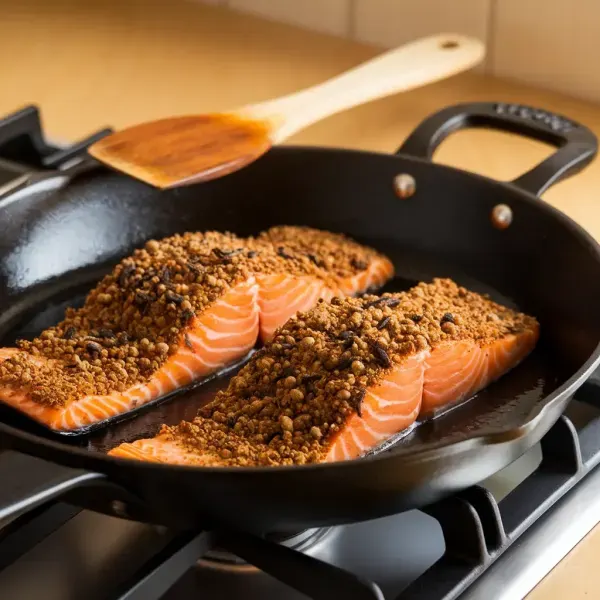
 20 minutes
20 minutesA quick and flavorful salmon dish with a spiced crust that complements the tender fish.


Salmon fillets, skinned
0 oz
to taste
to taste
Coriander Seeds, ground
tablespoons
Cloves, ground
teaspoons
Cumin Seed, ground
teaspoons
Nutmeg, freshly grated
teaspoons
tablespoons
1. Season Salmon
Begin by seasoning both sides of the salmon fillets generously with salt and black pepper. This basic seasoning will enhance the flavors of the spices and the fish itself.
2. Prepare Spice Mixture
Next, prepare the spice mixture. Combine the coriander seeds, cloves, cumin seed, and freshly grated nutmeg. If using whole spices, grind them to a coarse powder using a coffee or spice grinder. This blend of spices will give the salmon its distinctive crust and flavor.
3. Coat Salmon with Spices
Once the spice mixture is ready, press it firmly onto the top side of each salmon fillet. The pressure helps the spices adhere to the fish, ensuring a flavorful crust when cooked.
4. Heat Skillet
Heat a large nonstick skillet over medium-high heat for about 2 to 3 minutes. When the skillet is hot, add the oil or clarified butter and wait until it shimmers. This shimmer indicates that the oil is hot enough to sear the salmon, creating a nicely browned crust.
5. Cook Salmon
Place the fillets, spice-coated side down, into the skillet. Cook them for about 2 to 3 minutes. During this time, the direct heat and hot oil will work together to form a beautifully browned and flavorful crust on the salmon.
6. Finish Cooking
After the initial cooking period, turn the fillets over and cook for another 2 to 3 minutes. Here, you want to look for slight resistance when you pierce the fish with a thin-bladed knife. This texture indicates the salmon is cooked through but still moist.
7. Serve
Serve your spiced crusted salmon fillets immediately, enjoying the aromatic and flavorful crust that complements the tender fish.
Try Mediterranean, Indian, Asian, or Cajun spice blends for diverse flavor profiles.
Experiment with chicken, white fish, tofu, tempeh, or portobello mushrooms as alternatives to salmon.
Choose between pan-searing, baking, or broiling to achieve the desired crust and doneness.
Use mustard, mayonnaise, Greek yogurt, or egg whites to help the spice mix adhere and add different flavors.
Add lemon, lime, or orange zest to your spice mix for a bright and zesty note.
Cook salmon to medium-rare or medium (internal temperature of about 125°F to 135°F), considering carryover cooking.
Opt for fresh, high-quality salmon fillets with the skin on. The skin helps keep the flesh moist during cooking and adds a nice crispy texture if seared properly. Look for sustainably sourced options if possible.
Start with the skin side down to render the fat and get it crispy. Press down gently with a spatula to prevent curling.
Use freshly ground spices to maximize flavor. The potency of pre-ground spices can diminish over time, so grinding them fresh will give you a more vibrant and aromatic crust.
Season the fillets with salt before applying the spice mix. Salt is crucial for bringing out the natural flavors of the salmon.
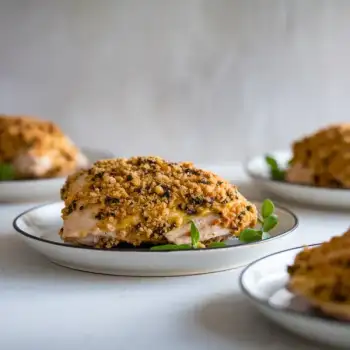
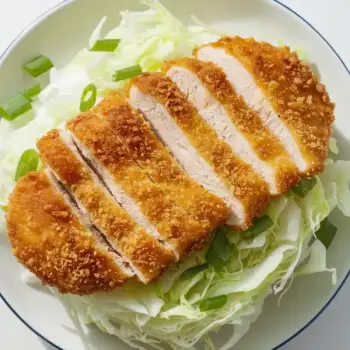
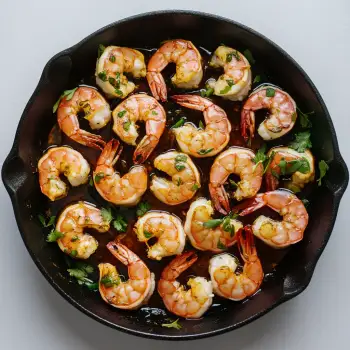
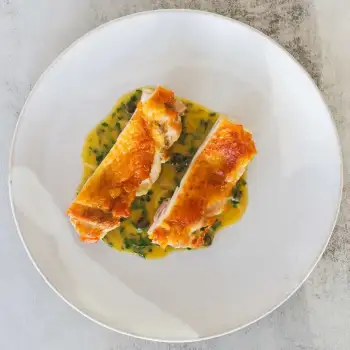
Comments (0)